In CNC machining, choosing the right tool holder is crucial for achieving precision, efficiency, and the overall success of machining operations. Among the many options available, hydraulic and shrink fit tool holders are two of the most popular types. Both offer distinct benefits, and the debate within the machining community on which is superior is ongoing.
In this blog, we will explore the differences, key features, benefits, and best applications of hydraulic and shrink fit tool holders to help you make an informed decision for your CNC operations.
Understanding the Basics
Hydraulic Tool Holders
Hydraulic tool holders are designed to use hydraulic fluid to apply uniform pressure around the tool shank. When the hydraulic screw is tightened, the fluid inside the holder applies an even and consistent clamping force, ensuring excellent grip, minimal runout, and reducing the risk of tool movement during high-speed operations.
Key Features:
- Design: Typically features a cylindrical body with an internal hydraulic mechanism.
- Mechanics: Uses hydraulic pressure to clamp the tool shank, ensuring consistent pressure distribution.
- Materials: Made from high-quality steel or other durable alloys to withstand the hydraulic pressure and cutting forces.
- Advantages: Simple tool changes, excellent runout control, and uniform clamping force.
Shrink Fit Tool Holders
Shrink fit tool holders use thermal expansion to achieve a secure grip on the tool shank. The holder is heated using specialized equipment, which causes it to expand. The tool is then inserted, and once the holder cools, it contracts around the tool, creating a tight, high-precision fit with exceptional rigidity.
Key Features:
- Design: Simple cylindrical body without moving parts.
- Mechanics: Relies on the principle of thermal expansion and contraction to hold the tool securely.
- Materials: Typically made from high-strength steel to handle repeated heating and cooling cycles.
- Advantages: Superior rigidity and vibration resistance, making it ideal for high-precision applications.
Performance Comparison
Runout Accuracy
-
Hydraulic Tool Holders: Hydraulic holders are renowned for exceptional runout accuracy due to their uniform hydraulic clamping force. This makes them highly suitable for applications that demand tight tolerances.
-
Shrink Fit Tool Holders: Shrink fit holders also provide excellent runout accuracy, often comparable to hydraulic holders. They are particularly valued in applications requiring long-term precision and tool stability.
Rigidity
-
Hydraulic Tool Holders: Provide a good level of rigidity, but may be slightly less rigid compared to shrink fit holders, especially in extremely demanding operations.
-
Shrink Fit Tool Holders: Known for their superior rigidity, shrink fit holders excel in high-precision and heavy-duty operations, where minimal vibration and movement are crucial.
Tool Changes
-
Hydraulic Tool Holders: One of the key benefits of hydraulic holders is the speed and ease of tool changes. Adjusting the hydraulic screw allows for quick swaps, making them ideal for high-mix, low-volume production environments.
-
Shrink Fit Tool Holders: Tool changes in shrink fit holders require heating and cooling cycles, which takes more time compared to hydraulic holders. However, with automated heating devices, the process can be made more efficient.
Cost and Maintenance
Initial Investment
-
Hydraulic Tool Holders: Generally more expensive upfront due to the complex hydraulic mechanism and the high-grade materials used in manufacturing.
-
Shrink Fit Tool Holders: Typically have a lower initial cost. However, they require an additional investment in heating equipment, which is necessary for tool changes.
Long-Term Cost
-
Hydraulic Tool Holders: Long-term costs are low, as the tool holder itself requires minimal maintenance. However, occasional checks on the hydraulic fluid and tightening of screws are necessary.
-
Shrink Fit Tool Holders: Maintenance is primarily focused on the heating equipment. The holders themselves require very little maintenance, making them a cost-effective option over time.
Maintenance Requirements
-
Hydraulic Tool Holders: Require periodic checks of the hydraulic fluid levels and re-tightening of screws to ensure continued accuracy and performance.
-
Shrink Fit Tool Holders: Regular maintenance involves ensuring the cleanliness of the tool holder and shank, as well as keeping the heating equipment in optimal condition.
Real-World Applications
Hydraulic Tool Holders
Hydraulic chucks are ideal for industries where frequent tool changes are required, and runout accuracy is critical. These include applications in aerospace, automotive, and general engineering, where precision and productivity are paramount. Hydraulic holders are perfect for finishing operations and materials that require delicate tool handling.
Shrink Fit Tool Holders
Shrink fit chucks are favored in high-precision machining environments, such as mold and die manufacturing, medical device production, and aerospace. They excel in operations requiring superior rigidity and long-term accuracy, especially when machining tough materials like titanium, hardened steel, or composites.
Additional Factors to Consider
When deciding between hydraulic and shrink fit tool holders, it’s important to assess several factors beyond just performance and cost.
-
Machining Conditions:
- High-speed or heavy-duty operations might favor shrink fit holders due to their superior rigidity.
- Frequent tool changes, especially in a dynamic production environment, might favor hydraulic holders for their quick and simple setup.
-
Tool Holder Lifespan:
- Shrink fit holders tend to have a longer lifespan due to their simple design and lack of moving parts, reducing the chance of mechanical failure.
- Hydraulic holders, while durable, may require occasional maintenance on the hydraulic mechanism, potentially reducing uptime.
-
Tool Range and Versatility:
- Consider the range of tools you plan to use. Shrink fit holders are ideal for a wide variety of tool sizes, particularly in specialized applications.
- Hydraulic holders offer better versatility for frequent tool swaps and lower setup times.
-
Thermal Stability:
- In high-temperature environments, the thermal stability of shrink fit holders can provide an advantage, as their grip tightens as the temperature rises during machining.
Making the Right Choice
When choosing between hydraulic and shrink fit tool holders, you should evaluate:
- Machine Compatibility: Ensure the tool holder you choose is compatible with your CNC machine and its specific requirements.
- Production Needs: Consider the nature of your production – are you prioritizing precision, speed, or flexibility in tool changes?
- Budget and Long-Term Costs: Factor in both the initial investment and long-term maintenance costs to choose a tool holder that aligns with your budget and operational needs.
- Application: For high-precision and rigid operations, shrink fit is often the best choice, while hydraulic holders are more suited for general machining with frequent tool changes.
Conclusion
Both hydraulic and shrink fit tool holders have their strengths. Hydraulic holders are ideal for operations requiring easy tool changes and precise runout control, while shrink fit holders excel in rigidity and are perfect for high-precision applications. By understanding your machining needs, you can select the best tool holder to optimize your CNC machining performance.

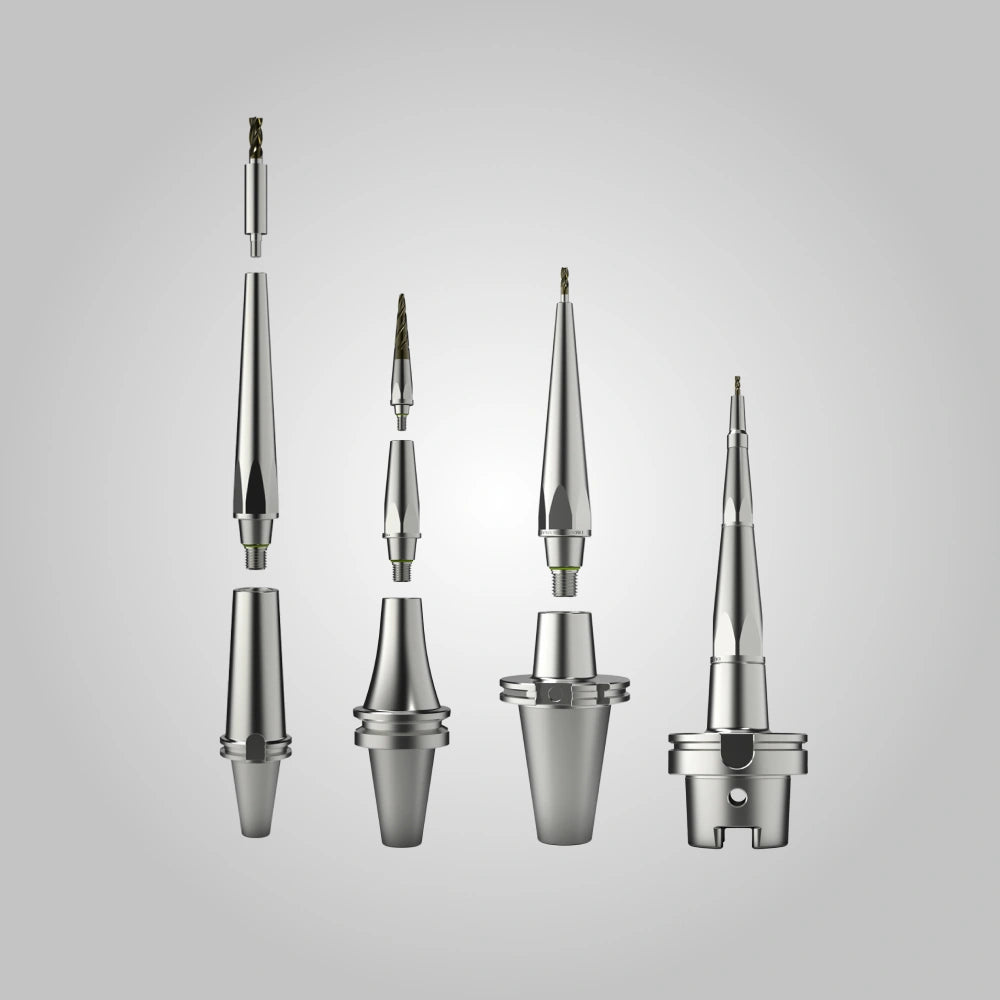
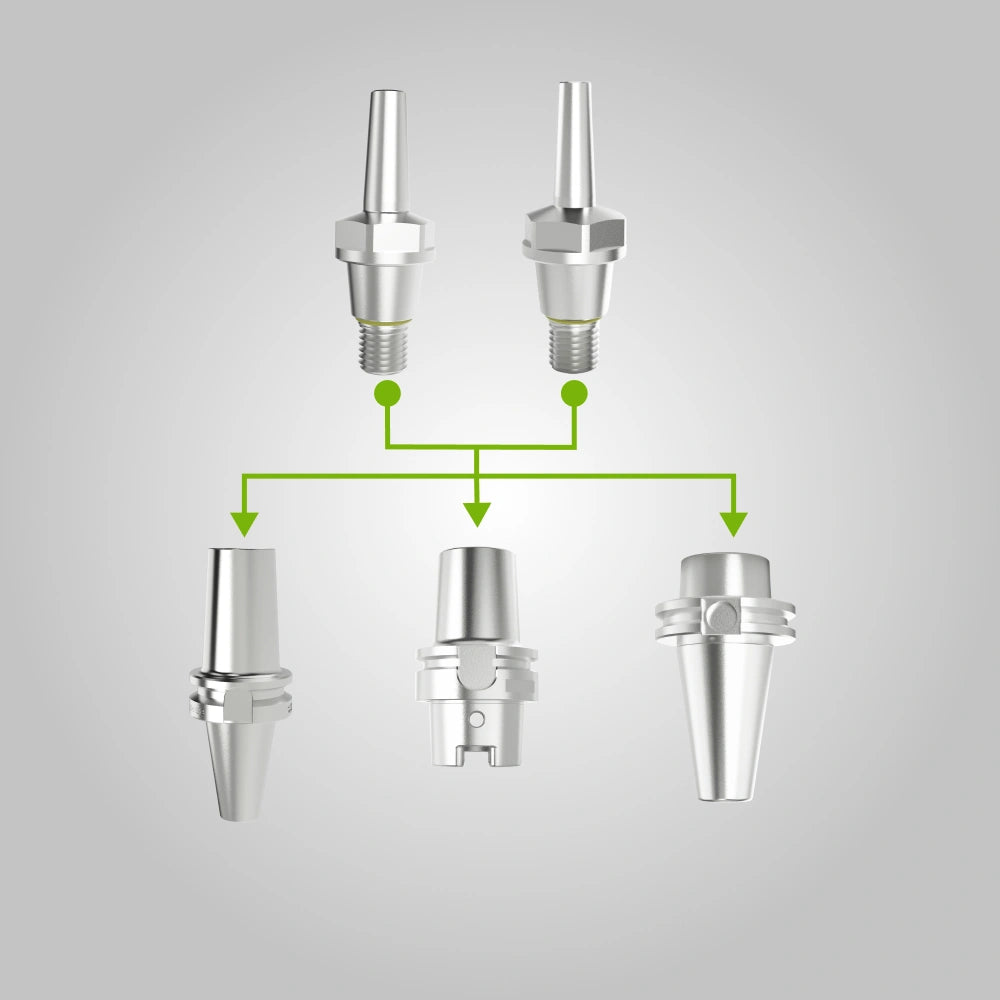
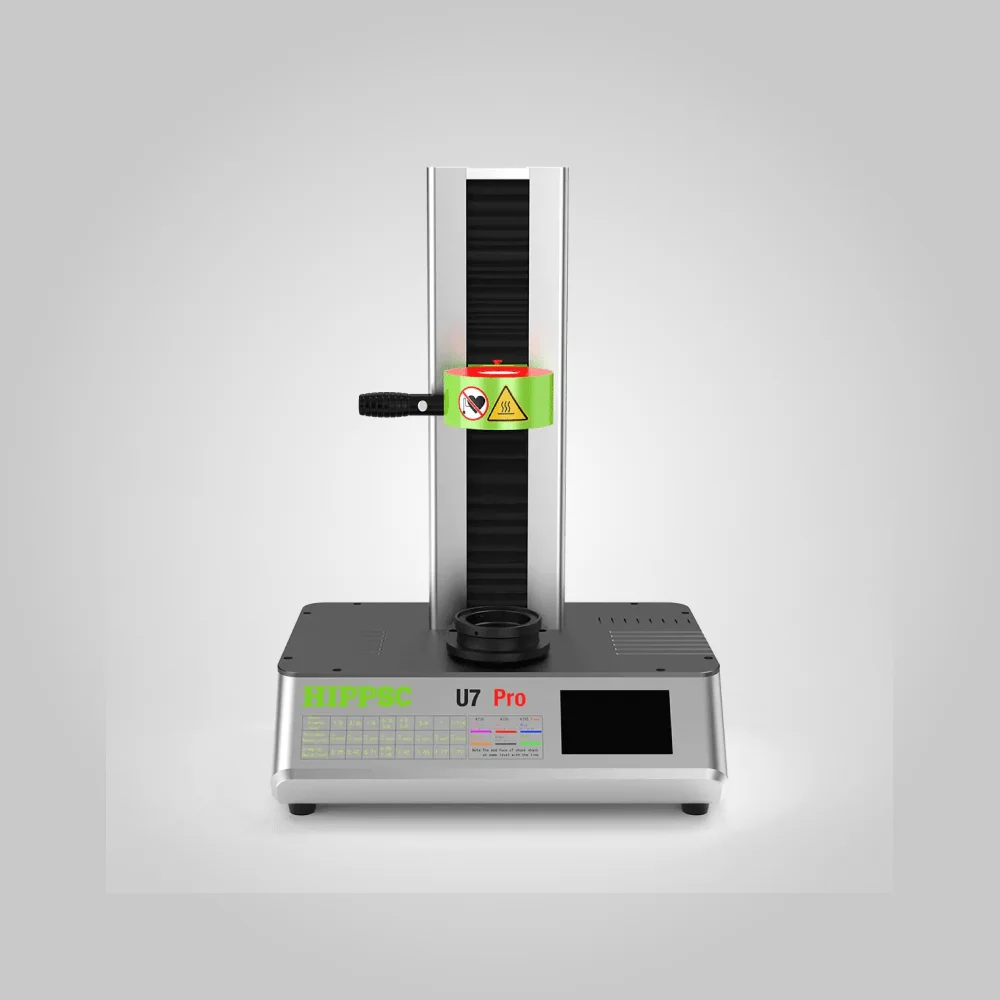
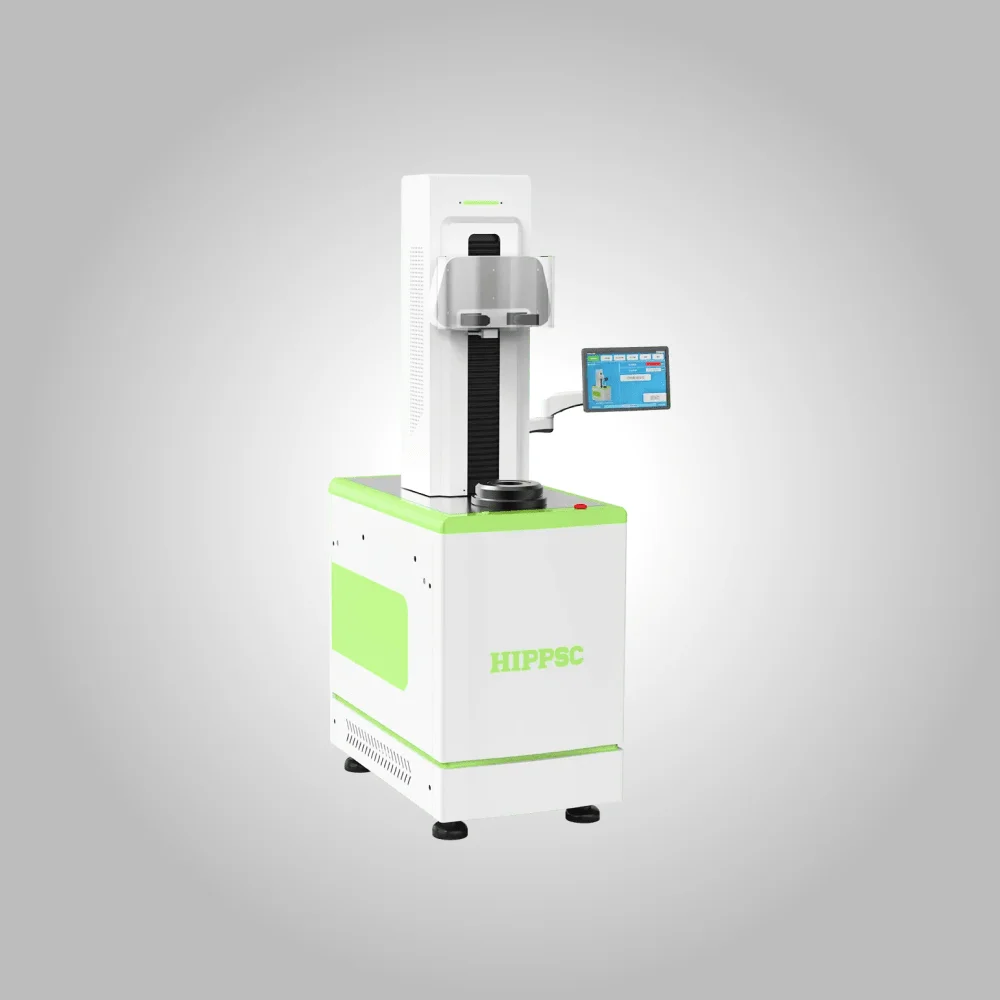
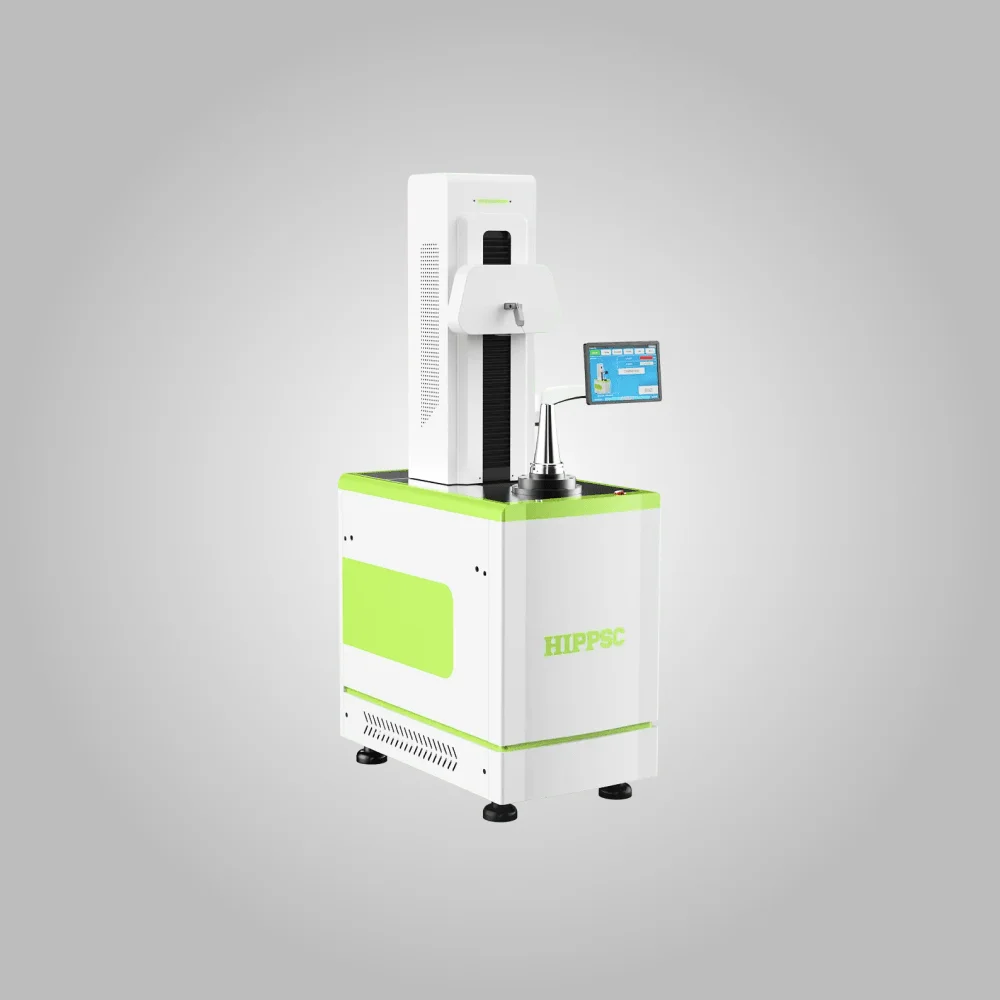
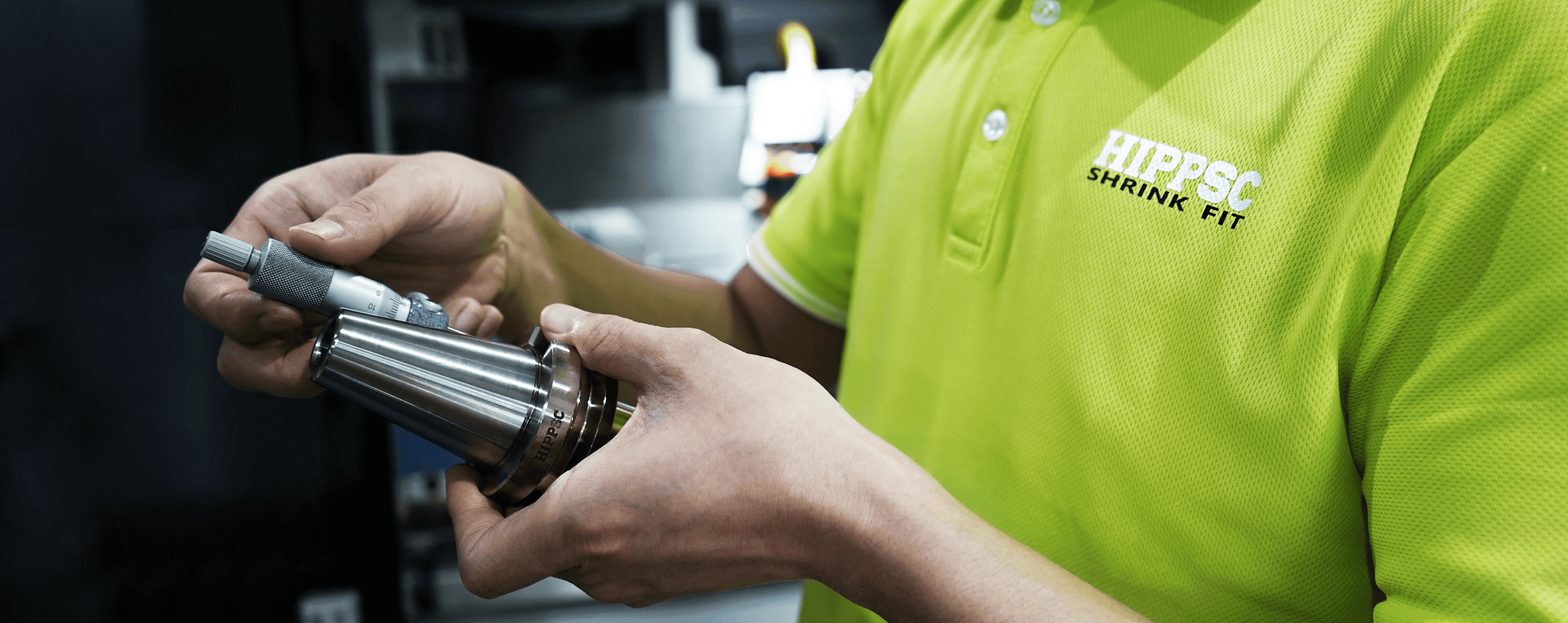
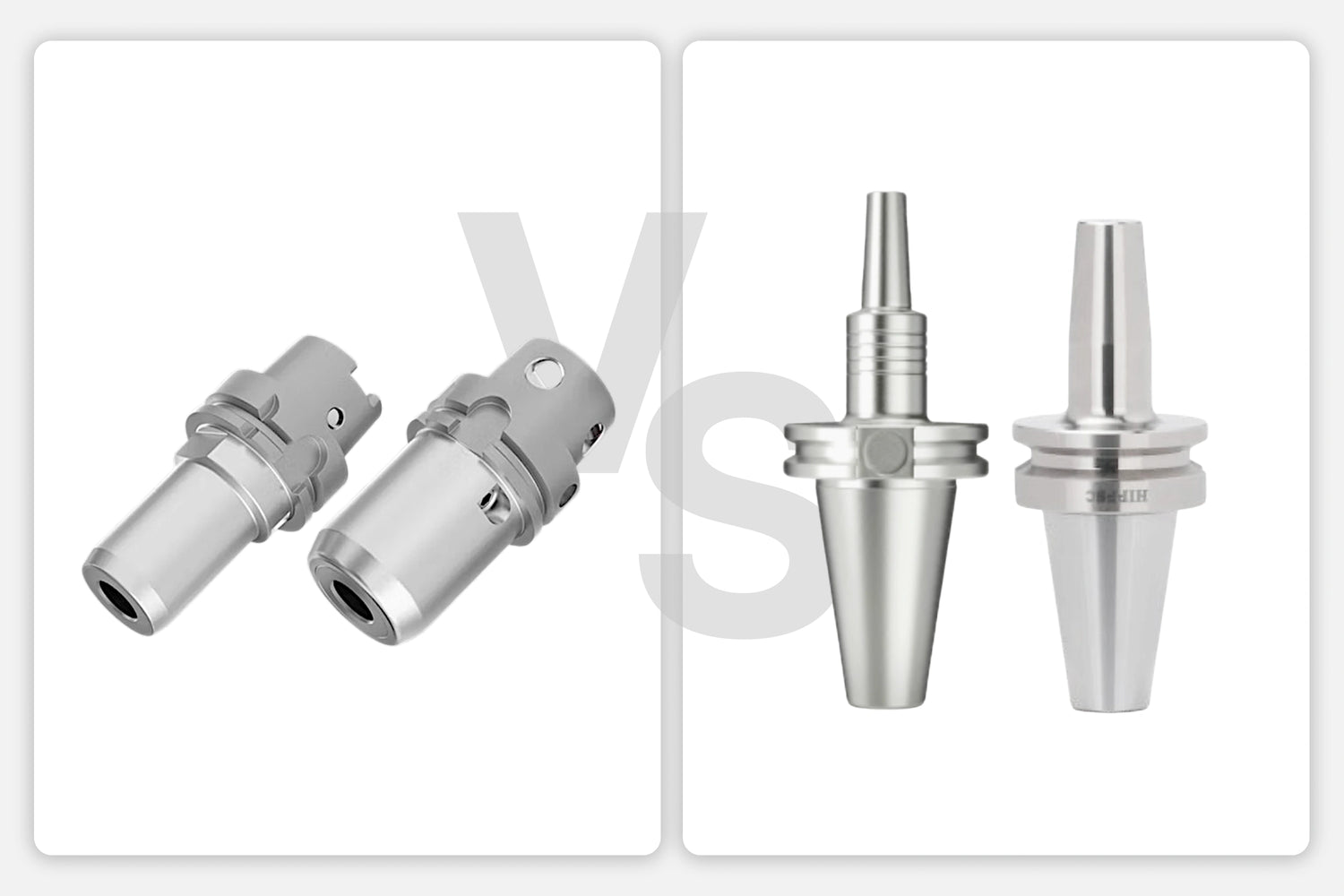
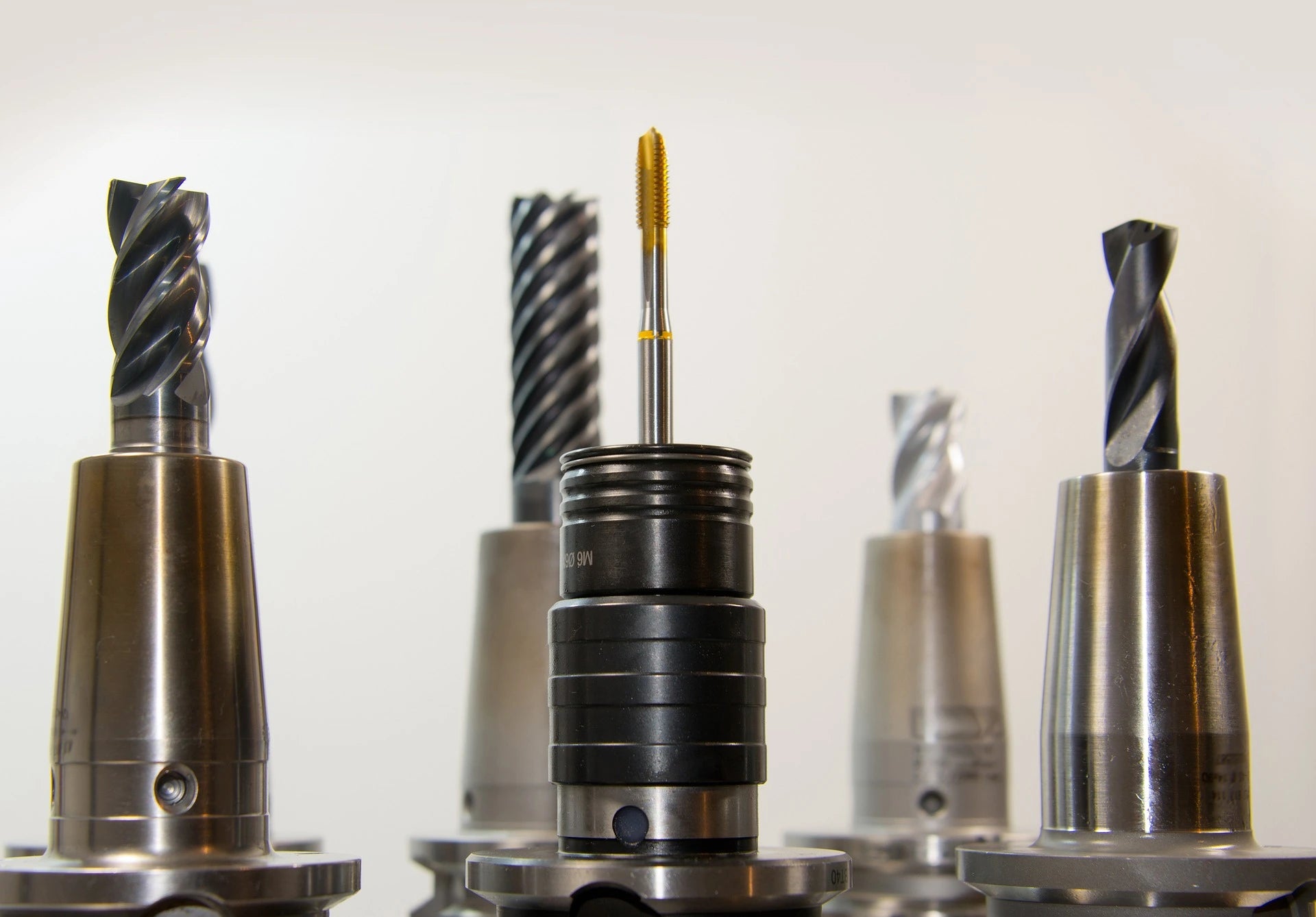
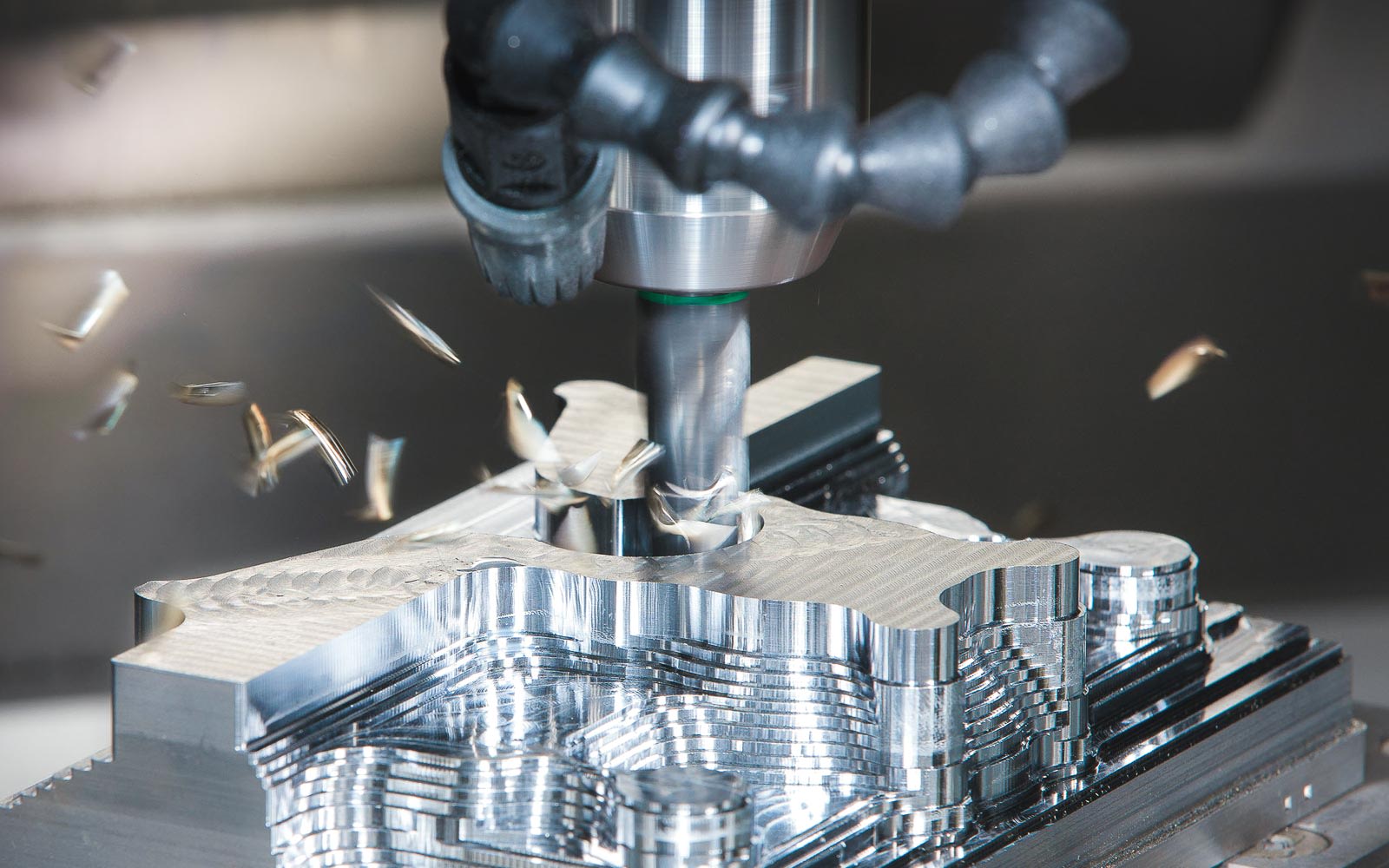
Leave a comment
All comments are moderated before being published.
This site is protected by hCaptcha and the hCaptcha Privacy Policy and Terms of Service apply.